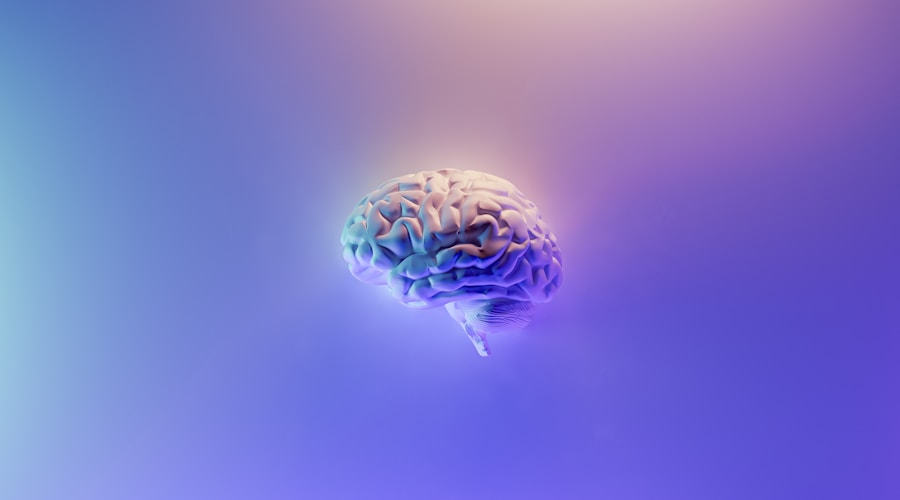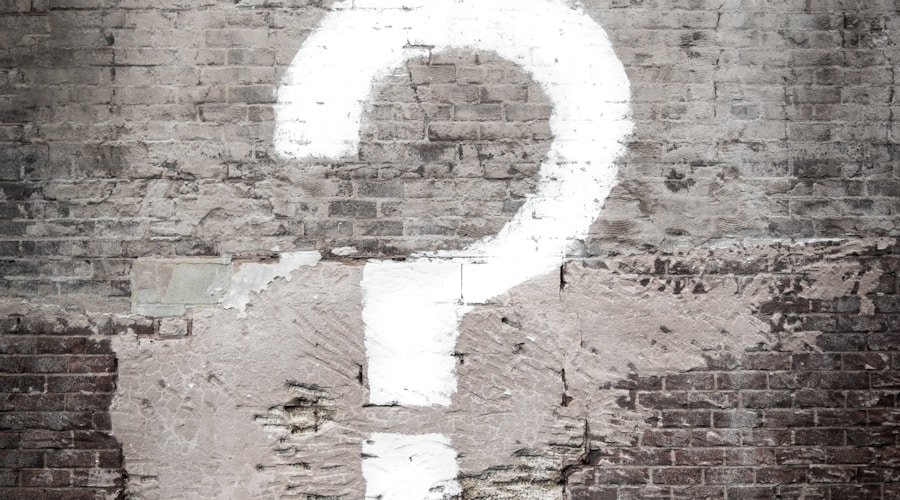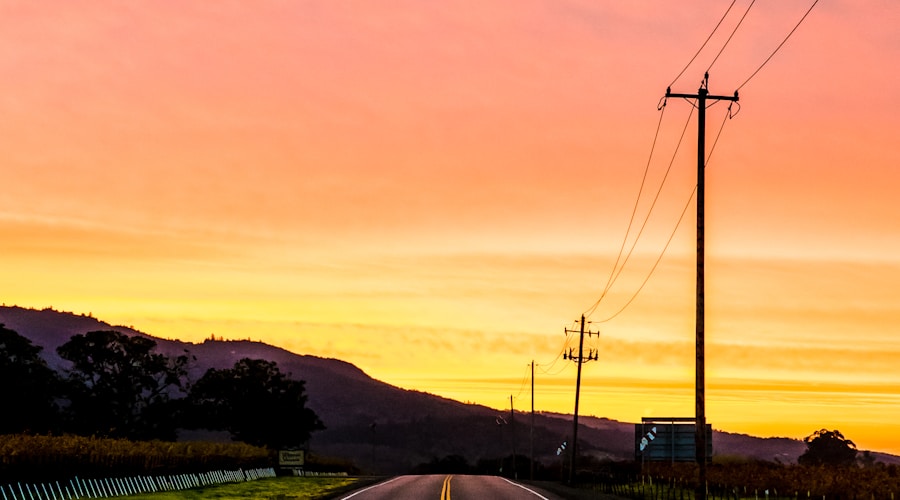Welcome to the fascinating world of creative neuroscience! In this article, we will explore the inner workings of the creative mind from a neuroscience perspective. Creativity is a complex and multifaceted phenomenon, and understanding its neural underpinnings can offer valuable insights into how we can enhance our own creative abilities.
We will delve into the various factors that contribute to the creative thinking process, including the role of the brain, the influence of emotions, and the impact of the environment. By gaining a deeper understanding of the neuroscience of creativity, you can unlock new possibilities for innovative thinking and problem solving in your own life.
As Albert Einstein once said, "The true sign of intelligence is not knowledge but imagination." Through the lens of neuroscience, we will endeavor to unravel the mysteries of the creative mind and discover how we can harness the power of imagination to unlock our full creative potential.
So, buckle up and get ready for an enlightening journey into the complex and intriguing world of creative neuroscience!
Introduction to Creative Thinking
So you want to understand creative thinking. That's a great place to start! Creative thinking is the process of coming up with new ideas, solving problems in innovative ways, and expressing yourself in original ways. It's about breaking free from traditional patterns and letting your mind explore new possibilities. As Albert Einstein said, "The true sign of intelligence is not knowledge but imagination."
Whether you're an artist, a scientist, a teacher, or an entrepreneur, creative thinking is crucial. It's what drives progress, sparks inspiration, and transforms the world. The ability to think creatively is a valuable skill that can be nurtured and developed. It's not just about being artistic or eccentric; it's about approaching challenges with an open mind and finding unique solutions.
Creative thinking involves divergent and convergent thinking. Divergent thinking is about generating multiple ideas, being open to different perspectives, and exploring various possibilities. Convergent thinking, on the other hand, is about refining ideas, making connections, and narrowing down options to find the best solution.
In the words of Maya Angelou, "You can't use up creativity. The more you use, the more you have." Creative thinking is a muscle that needs to be exercised regularly. It's about being curious, open-minded, and willing to take risks. It's about embracing uncertainty and seeing challenges as opportunities for growth and innovation.
Understanding creative thinking is the first step towards unlocking your full potential. It's about tapping into your imagination, harnessing your passions, and letting your ideas come to life. As you dive deeper into the world of creative thinking, you'll discover the endless possibilities that await you. So, are you ready to embark on this exciting journey of creativity?
The Brain's Role in Creativity
When it comes to creativity, the brain is the star of the show. Creativity involves "thinking outside the box" and coming up with novel ideas, and the brain plays a crucial role in this process.
According to neuroscientist Charles Limb, "The brain is an amazing thing. It can take anything and make a creative leap out of it." Creativity is not limited to just one area of the brain; rather, it involves a network of regions working together.

Neural Pathways of Innovation
When you have a light bulb moment or that sudden burst of inspiration, do you ever wonder what's happening in your brain? Well, let's delve into the fascinating neural pathways of innovation.
Neuroscience has shown that the brain is a complex web of interconnected neurons that fire together to create new ideas and solve problems. According to Dr. Nancy C. Andreasen, a neuroscientist, "Creative people have more neural resources. They have the ability to make connections faster and they have more complex connections" .
Innovation is a result of the brain's ability to form new connections between different regions. Dr. Charles Limb, a surgeon and musician, conducted research on the brain activity of jazz musicians. He found that during improvisation, the parts of the brain responsible for self-expression and creativity were highly activated. He stated, "What we found in our study is that the brain actually shifts to a different network when you're improvising as opposed to when you're playing a memorized piece" .
The brain's frontal lobes, which are responsible for complex decision-making and problem-solving, also play a crucial role in innovation. Neuroscientist Dr. James H. Fallon explained, "What seems to be happening during the creative process is that the prefrontal cortex and the anterior cingulate cortex are working together, as studied with positron emission tomography (PET) scans" 3 .
Creativity and innovation are not confined to a specific area of the brain. Instead, they involve a dynamic interplay between various neural pathways. As Dr. Andreasen puts it, "Creativity involves the entire brain. It's an integration of numerous cognitive functions" .
Understanding the neural pathways of innovation can provide valuable insights into how to foster creativity in ourselves and others. By nurturing these pathways through various activities and experiences, we can enhance our capacity for innovative thinking.
So, the next time you have a stroke of genius, remember that it's the intricate dance of your brain's neural pathways that's propelling your creativity forward.
Emotional Influence on Creativity
When it comes to creativity, the role of emotions cannot be overlooked. Your emotions can greatly impact your creative thinking process. When you feel positive and happy, you are more likely to generate novel ideas and think outside the box. On the other hand, negative emotions can hinder your creativity and make it difficult to come up with innovative solutions.
According to renowned neuroscientist and author, Jonah Lehrer, "The most creative people are also the most emotionally volatile. They contain the most complete opposites, which are at war with each other." This highlights the intricate relationship between emotions and creativity.
Do you ever notice how your best ideas often come to you when you're feeling inspired, motivated, or passionate about a particular topic? That's because your emotional state can influence the way your brain processes information and generates new ideas. When you're experiencing strong emotions, your brain releases neurotransmitters such as dopamine and serotonin, which can enhance your cognitive flexibility and open the door to more creative thinking.
Conversely, when you're feeling stressed, anxious, or upset, your brain may struggle to tap into its creative potential. Negative emotions can narrow your focus and limit your ability to think broadly, inhibiting your capacity to explore new concepts and possibilities.
Understanding the emotional influence on creativity can empower you to manage your emotional state more effectively, thereby boosting your creative capabilities. By learning to cultivate positive emotions and regulate negative ones, you can create an environment that nurtures creativity and innovation.
As psychologist Alice Isen suggests, "Positive feelings have the power to broaden your attention and cognition, opening your mind to more possibilities and boosting your creative thinking process." Therefore, it's crucial to pay attention to your emotional well-being and create a conducive emotional environment for creativity to flourish.
So, the next time you find yourself facing a creative block, take a step back and consider how your emotions might be influencing your creative process. By recognizing the impact of your emotional state, you can take proactive steps to cultivate a more positive and inspiring mindset, unlocking new pathways to creative thinking.

The Impact of Environment
When it comes to creativity, your environment plays a crucial role in shaping your ideas and innovative thinking. "Environment is a crucial factor that can either stimulate or inhibit creativity," says Dr. Alice Flaherty, a neuroscientist and author. The place where you live, work, and socialize can have a profound impact on your creative abilities.
Your physical surroundings can significantly influence your creativity. A cluttered and chaotic environment can make it difficult for your brain to focus and generate fresh ideas. On the other hand, a well-organized and aesthetically pleasing space can stimulate creative thinking. "Your physical space can inspire you or stifle you. It can facilitate idea generation or inhibit it," explains Dr. Robert Epstein, a psychology researcher.
Moreover, the people you interact with and the social dynamics in your environment can also affect your creativity. "Surround yourself with people who support and encourage your creative endeavors. Positive social interactions can fuel your imagination and help you think outside the box," suggests Dr. Angela Duckworth, a psychologist.
The cultural and societal norms of your environment can also shape your creative thinking. Different cultures have varying perspectives on what is considered creative or innovative. "Your cultural background can influence the way you perceive and express creativity. It's important to embrace diversity and expose yourself to different cultural influences," advises Dr. Ken Robinson, an educator and creativity expert.
It's essential to create an environment that nurtures and fosters creative thinking. "By surrounding yourself with beauty, order, and positivity, you can create a space that allows your mind to roam freely and generate innovative ideas," says Dr. Mihaly Csikszentmihalyi, a psychologist.
In conclusion, your environment has a significant impact on your creativity. By curating a conducive physical, social, and cultural space, you can unleash your creative potential and thrive as an innovator.
Enhancing Creativity through Neuroscience
Creativity is a fundamental aspect of human existence, and enhancing it through neuroscience can be a game-changer for anyone looking to tap into their creative potential. By understanding how the brain functions and how it can be optimized for creative thinking, you can unlock a whole new level of innovative ideas and solutions.
Neuroscience research has shown that certain activities and practices can enhance creativity by stimulating specific areas of the brain. According to neuroscientist Dr. Rex Jung, "Engaging in activities like meditation, mindfulness, and even regular exercise can help improve the brain's cognitive flexibility, which is essential for creative thinking."
Furthermore, neuroscientist Nancy C. Andreasen emphasizes the importance of exposing yourself to diverse experiences to stimulate creativity. She states, "The more you know, the more you are capable of knowing. Exposing yourself to different cultures, disciplines, and ways of thinking can significantly impact your creative abilities."
In addition to lifestyle changes, advancements in neuroscience have also led to the development of tools and techniques aimed at enhancing creativity. Researchers at the University of California, Berkeley, have utilized neurofeedback training to enhance creativity. This method involves providing real-time feedback on brain activity, allowing individuals to learn to control their brain states for optimal creativity.
Incorporating these insights into your daily routine can have a profound impact on your creative capabilities. By actively seeking diverse experiences, engaging in brain-stimulating activities, and utilizing neuroscience-backed techniques, you can create an environment that nurtures and enhances creativity within yourself.
Understanding how neuroscience can enhance creativity not only provides practical strategies for personal growth but also opens doors to innovation in various fields. As neuroscientist Dr. Arne Dietrich affirms, "The link between neuroscience and creativity offers a promising path for advancing not only individual potential but also societal development."
By embracing the insights provided by neuroscience, you can unleash your full creative potential and pave the way for groundbreaking ideas and contributions. As you explore the possibilities of enhancing creativity through neuroscience, remember that the human brain is a vast and intricate landscape waiting to be explored and harnessed for creative expression.

Future of Creative Neuroscience
Future of Creative Neuroscience
As we continue to unravel the mysteries of the creative mind through neuroscience, the future holds promise for groundbreaking discoveries and applications. The field of creative neuroscience is poised to revolutionize our understanding of creativity and how we can harness its power for personal and professional growth.
Neuroscientists are exploring new frontiers in understanding the neurological basis of creativity, opening doors to potential breakthroughs in education, therapy, and innovation. Dr. Charles Limb, a renowned neuroscientist, emphasizes the potential impact of creative neuroscience, stating, "Understanding how the brain enables creativity can lead to new strategies for fostering creative thinking in individuals of all ages."
With advancements in technology, such as neuroimaging and computational modeling, researchers are gaining unprecedented insights into the workings of the creative brain. This has the potential to transform the way we approach education and individual development. As Dr. Nancy C. Andreasen, a leading neuroscientist, observes, "The future of creative neuroscience lies in leveraging technology to decode the intricate mechanisms of creativity and its neural underpinnings."
Moreover, the application of creative neuroscience extends beyond individual development to societal and organizational levels. By understanding the neural pathways of innovation, businesses and institutions can optimize their environments to foster creativity and drive transformative change. This sentiment is echoed by Dr. Rex Jung, a prominent researcher in the field, who asserts, "Creative neuroscience can provide insights into creating environments that stimulate and sustain innovation, leading to impactful societal advancements."
As we look ahead, the synergy between neuroscience and creativity offers boundless potential, promising to unlock new realms of human potential and reshape the landscape of cognitive development. The words of Dr. Steven Kotler, a leading figure in the intersection of neuroscience and creativity, encapsulate this sentiment: "The future of creative neuroscience is a journey of endless possibilities, igniting the human spirit and unraveling the enigma of innovation."
Conclusion
In conclusion, the field of creative neuroscience provides a fascinating glimpse into the inner workings of the human mind when it comes to creativity. The combination of understanding the brain's role in creativity, the impact of emotions, and the influence of the environment has opened up new possibilities for enhancing our creative abilities.
As you continue to explore the depths of your creative mind, remember that neuroscience offers insights that can help you unlock your full creative potential. As neuroscientist Nancy C. Andreasen said, "Creativity is a wild mind and a disciplined eye."
By understanding the neural pathways of innovation and the emotional influences on creativity, you can learn to harness these processes and apply them to various aspects of your life. The future of creative neuroscience holds promise for further discoveries that can help individuals, businesses, and society as a whole to thrive through innovation and ingenuity. As you embark on your own creative journey, keep an open mind and embrace the exciting possibilities that neuroscience has to offer.
So, as you navigate your own creative endeavors, remember the insights provided by creative neuroscience and the promising future it holds for unlocking the full potential of the human mind. As Albert Einstein famously said, "Creativity is intelligence having fun." With the knowledge gained from the intersection of creativity and neuroscience, you can embark on a fulfilling and enriching journey of self-discovery and innovation.

2Charles Limb, "Your Brain on Improv," TED talk, November 2010.
3Nancy C. Andreasen, "Secrets of the Creative Brain."
4Charles Limb, "Your Brain on Improv."
5James H. Fallon, "The Neuroscience of Creativity."
6Jonah Lehrer, "Imagine: How Creativity Works" (2012)
7Alice Isen, "Positive Affect and Creativity" (2000)
8Alice Flaherty, The Midnight Disease: The Drive to Write, Writer's Block, and the Creative Brain (2004)
9Andreasen, Nancy C. The Creating Brain: The Neuroscience of Genius. Dana Press, 2005.
10Jung, Rex E. "The Rest Is Up to You: To Join the Creative Elite, Learn to Disentangle Your Brain". Psychology Today, vol. 51, no. 7, 2018.
11Charles Limb, "The Neuroscience of Musical Creativity" (2014)
12Nancy C. Andreasen, "The Creating Brain: The Neuroscience of Genius" (2006)
13Rex Jung, "The Neuroscience of Creativity" (2013)
14Steven Kotler, "The Rise of Superman: Decoding the Science of Ultimate Human Performance" (2014)
15Nancy C. Andreasen, The Creating Brain: The Neuroscience of Genius (2005)
16Albert Einstein, The Ultimate Quotable Einstein (2010)